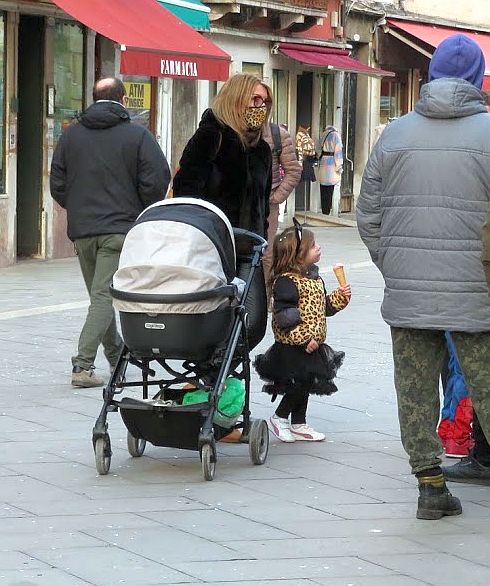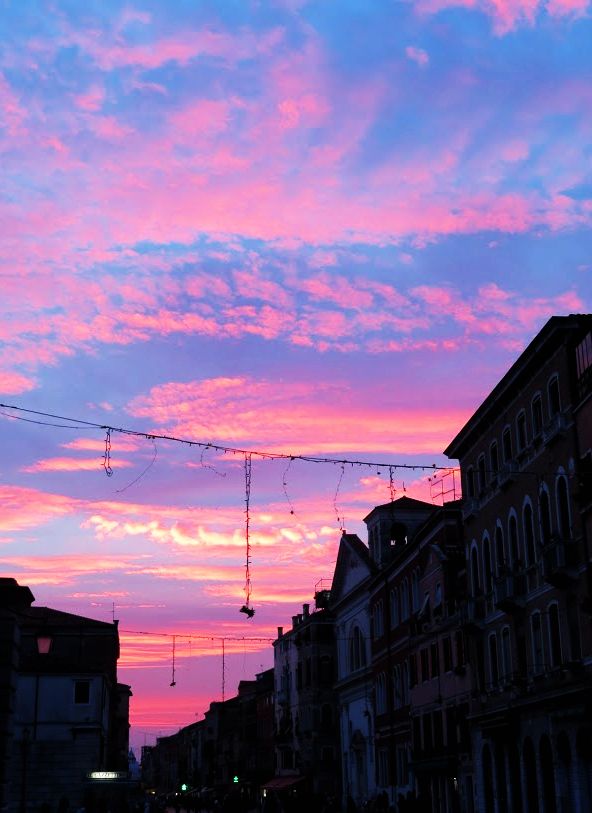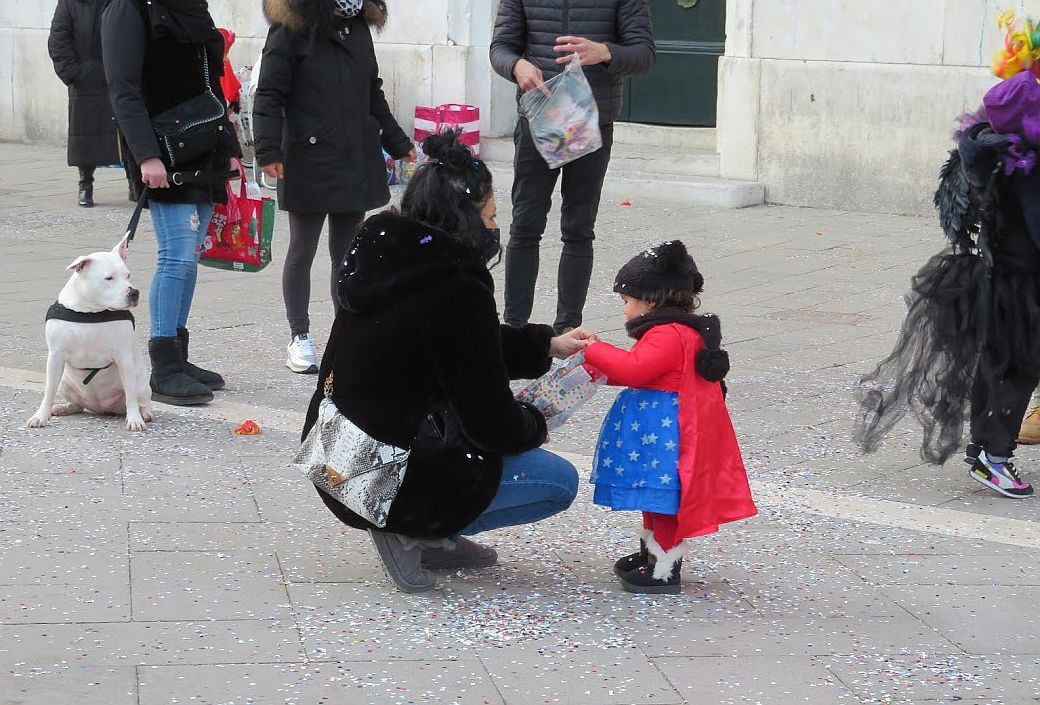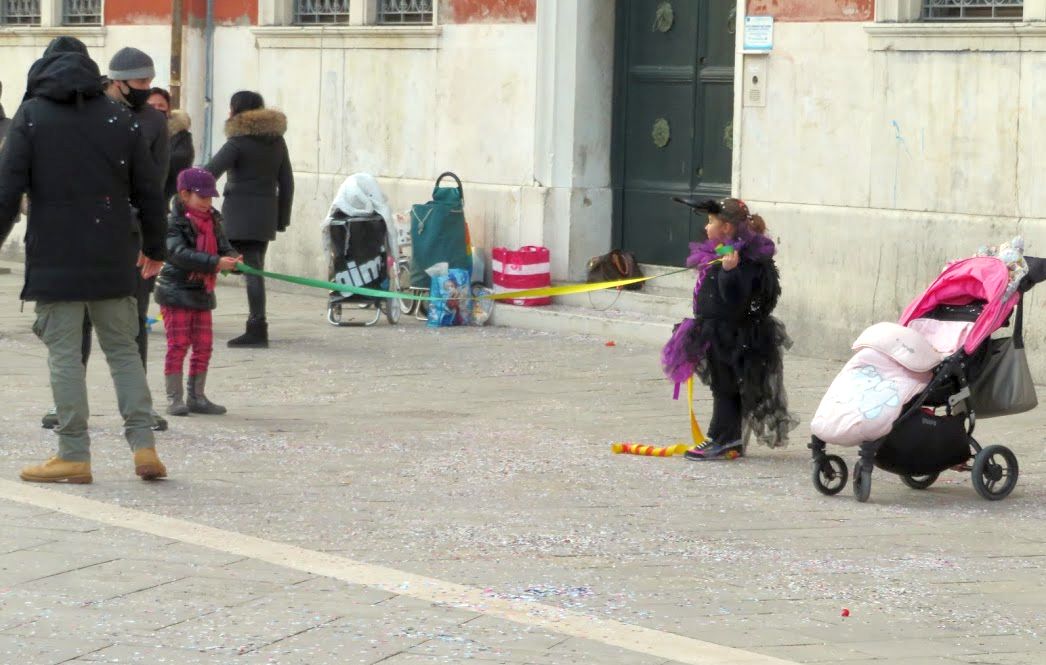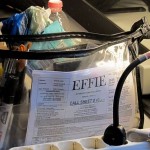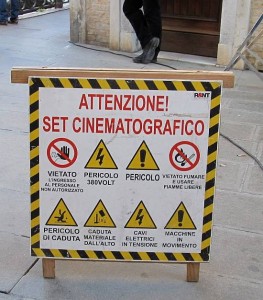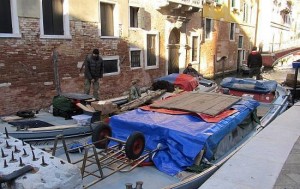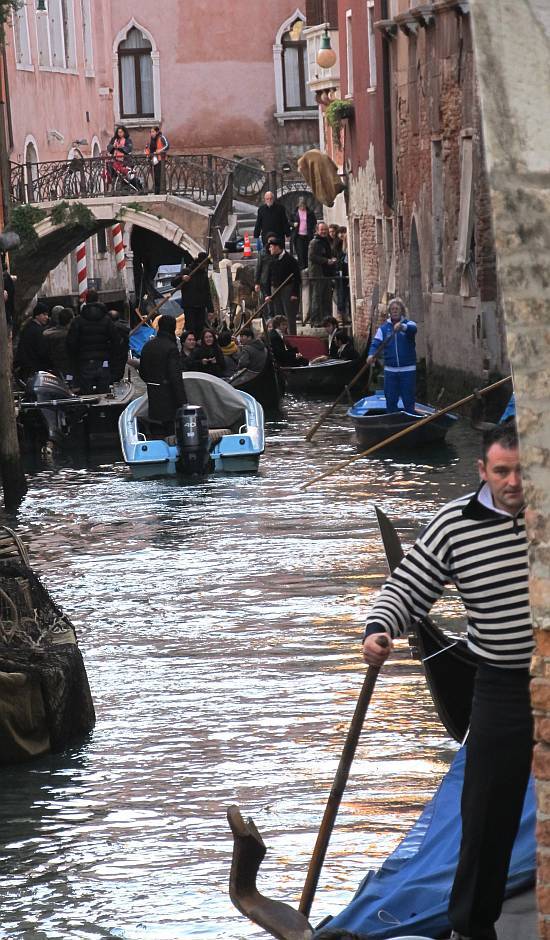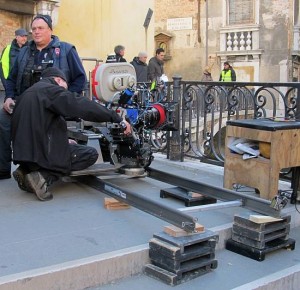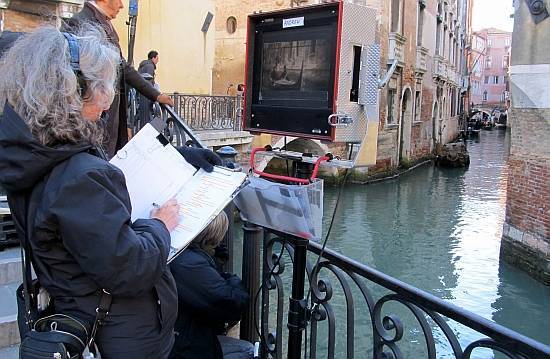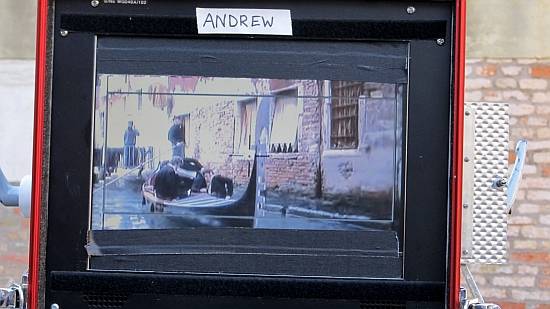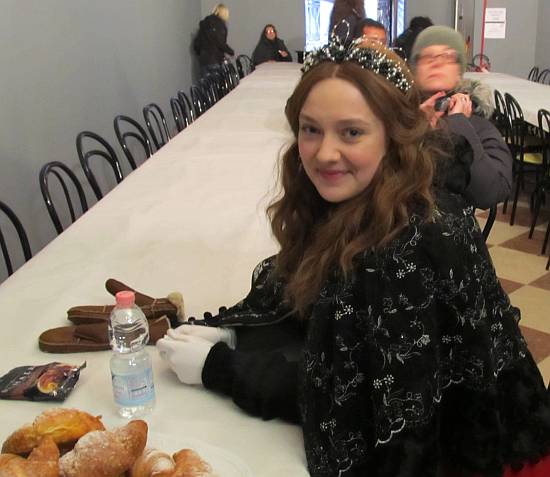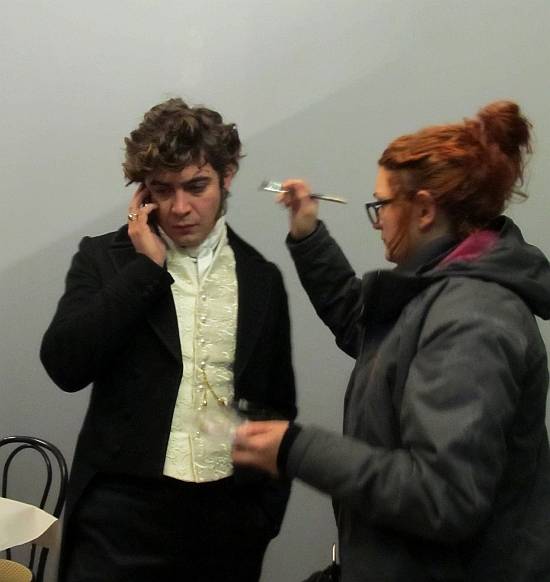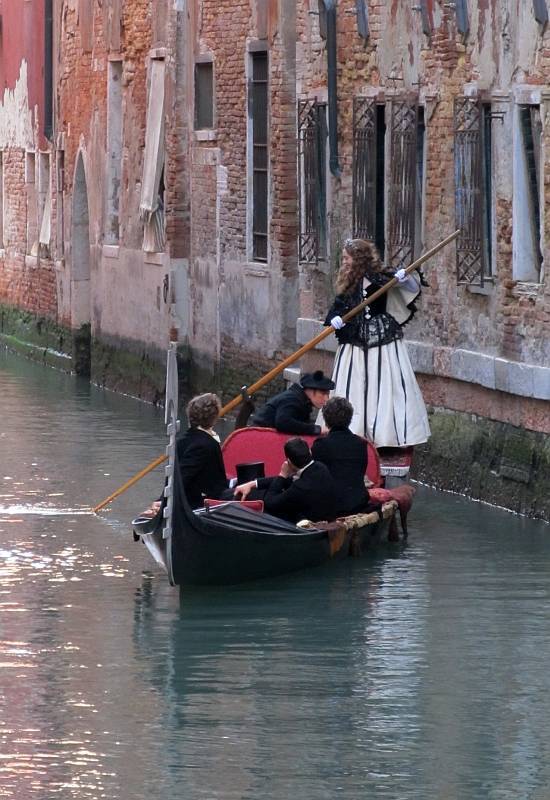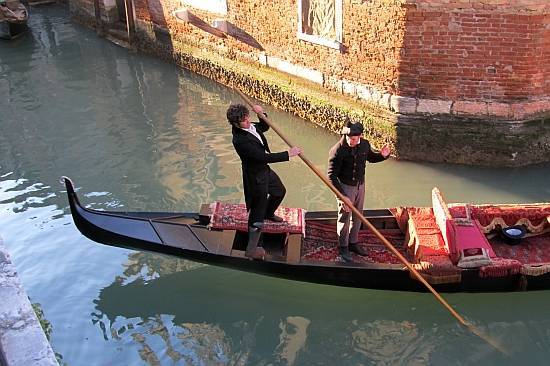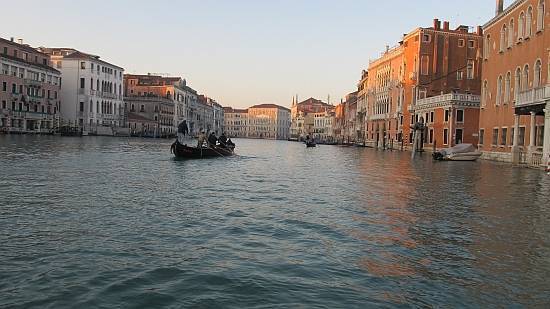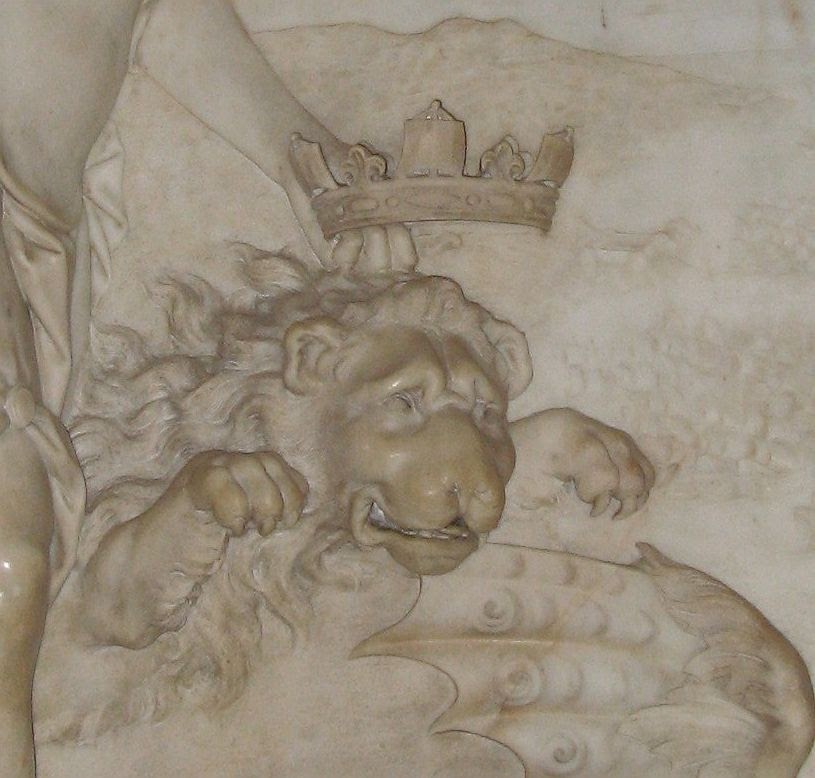
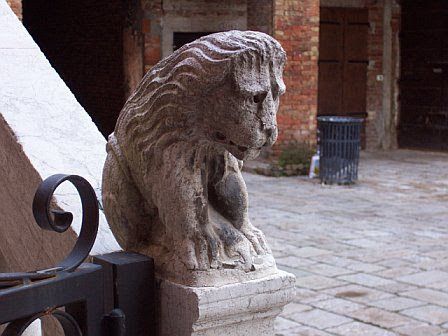
I’ve been trying for a month to find some way to write a deep and detailed update on life here these days, but I give up. What follows is the best I can do.
After a year of the virus, and its varying grip on Italy’s 20 regions and 80-some provinces, all I can say is that we are not yet out of the proverbial woods, even though vaccinations have begun. There is an “English variant” now on the scene that has upset everybody’s predictions on progress. Even without this interloper, the danger of assembramenti (gatherings of people) remains paramount, though large numbers of people I see walking around seem not to be concerned. Exhibit A: Mask worn beneath the nose. Exhibit B: Mask around neck. Any time that the restrictions on gatherings are moderately lifted, the campos and fondamente clog up again with bright sparks, glasses in hand, masks lowered or even removed. And so the restrictions clamp down again. It’s like Groundhog Day.
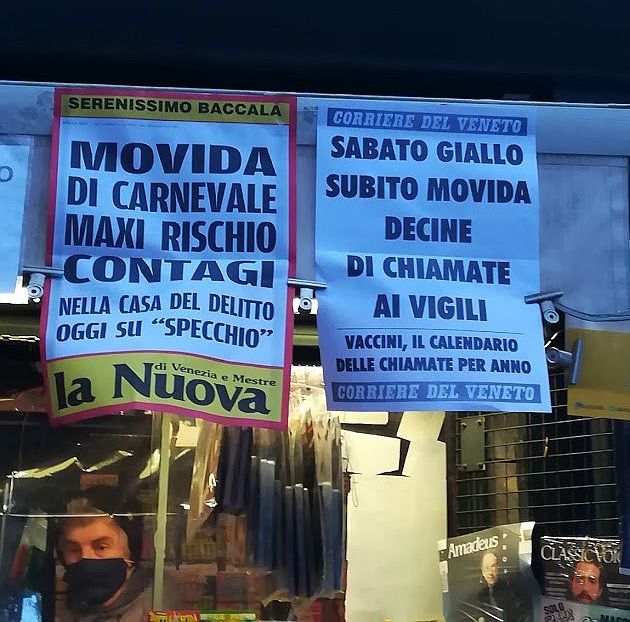
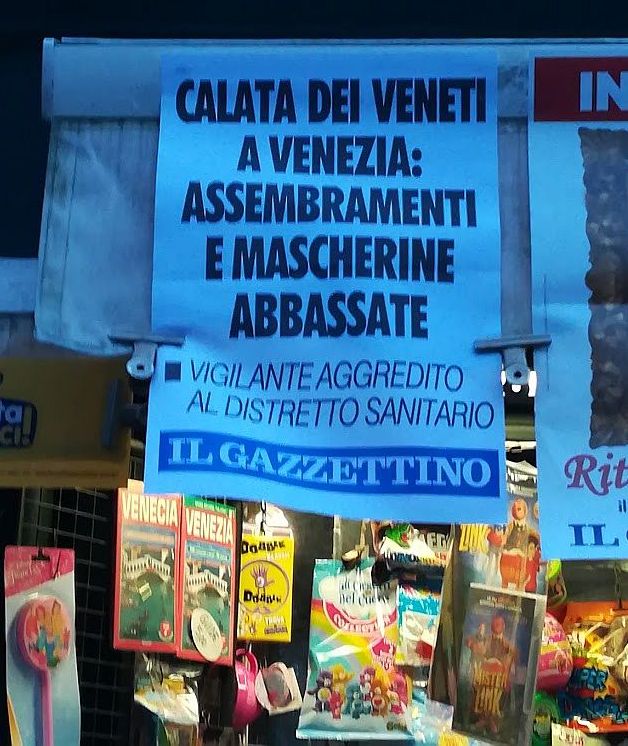
The year has been entirely color-coded, as Italy has struggled to maintain control of the contagion (and its social, economic, and medical consequences) by applying restrictions according to their level of contagion: Yellow is the least dangerous, Orange is the middle ground, Red is obviously the most dangerous (and at least one doomed region was labeled Dark Red for a while — I think that may have meant something like bomb-shelter-type quarantine).
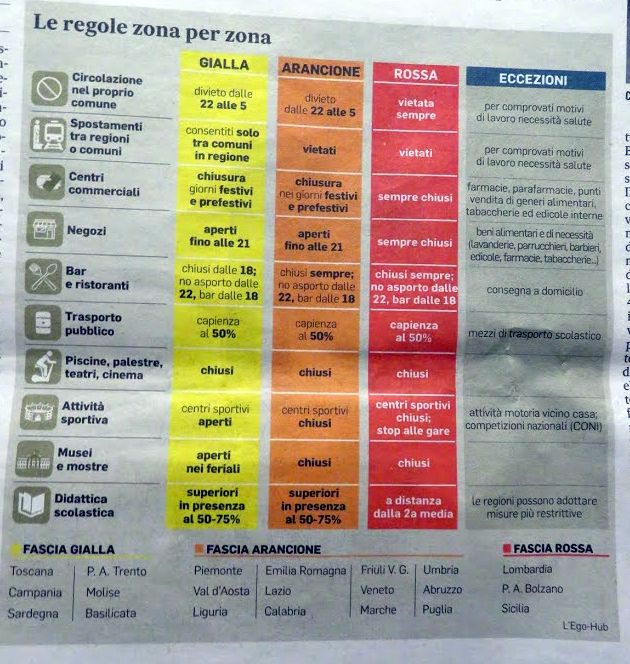
But the restrictions kept changing, reacting to the bettering or worsening of the epidemic’s numbers. We have spun through variations of life involving the hours that shops/bars/restaurants could be open (restaurants closing at 6:00 PM was obviously problematic, though takeout was the stopgap solution), to the number of persons permitted to enter a shop (from one to as many as six), to whether you would even be allowed to enter at all. Oh — and sitting at tables inside was obviously risky, and sitting at tables outside not much less risky, so as recently as last week you bought your coffee at the cafe’ doorway and stood there drinking it al fresco. Except you weren’t supposed to be standing — assembramenti! — so you had to keep moving to avoid the potentially contagious assembramenti (gatherings of people), so you wandered away with your little paper cup, sipping the rapidly cooling teaspoons of espresso, looking for a trash bin. I gave up coffee abroad because the always-dependable cafe bathrooms were no longer available.
Permission to travel between towns, provinces, and Regions continued to mutate. Schools open, schools closed. Public transport restricts the number of passengers permitted during “rush” hour (“Six people can board,” I heard the marinaio call out as we left the vaporetto), but at other times there have been vaporettos that were completely empty. Except for us, I mean. Not made up.
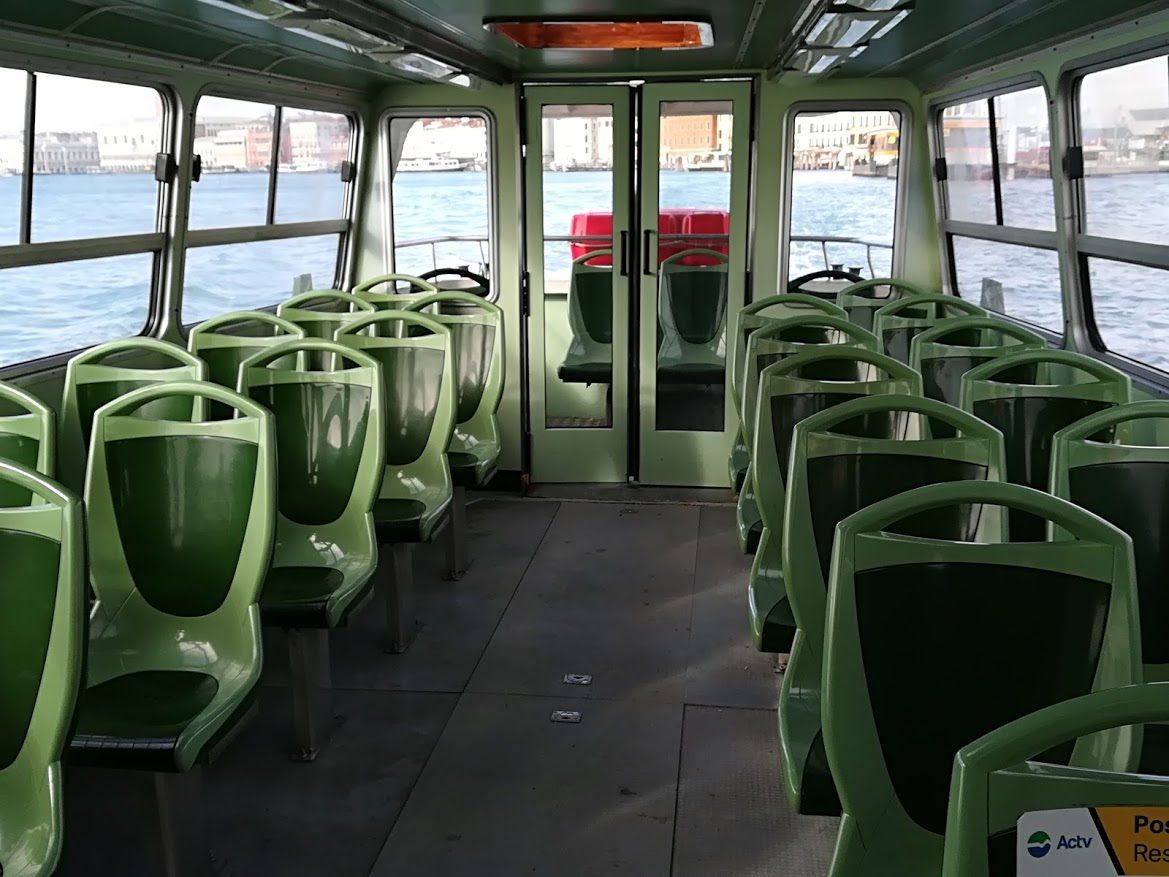
Some museums are beginning to reopen, though obviously with fewer visitors because cross-border travel is still generally forbidden. Venetians (or Italians) who’d like to see some of their artistic patrimony without scrimmaging through masses of tourists, this is your big chance. Most of the museums are open only Monday through Friday; the Guggenheim and Palazzo Grassi only on Thursday and Friday.
Today is Mardi Gras, but this year’s Carnival has been almost entirely online — that is, whatever remnants of the Old Celebrations they managed to retain. We did see some tourists (mainly from the Veneto) over the past few days, on and off, some of them in costume. But I can confirm that seeing a few random dressed-up people does not a Carnival make, especially when they are walking along streets in the late afternoon, where the few businesses that were open are beginning to close. Curfew for bars and restaurants is 1800 (6:00 PM) and slightly later for other enterprises. Supermarkets are open till as late as 8:30 PM.
The last weekend of Carnival did have its brighter moments, especially Sunday when the sun and the tourists combined to bring a whiff of normalcy to the city.
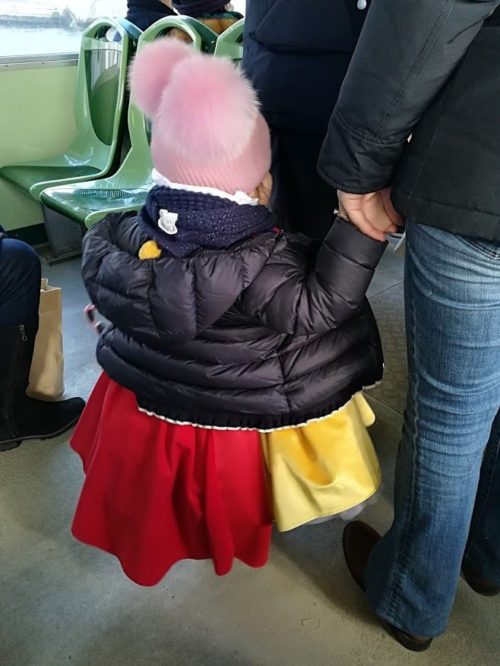
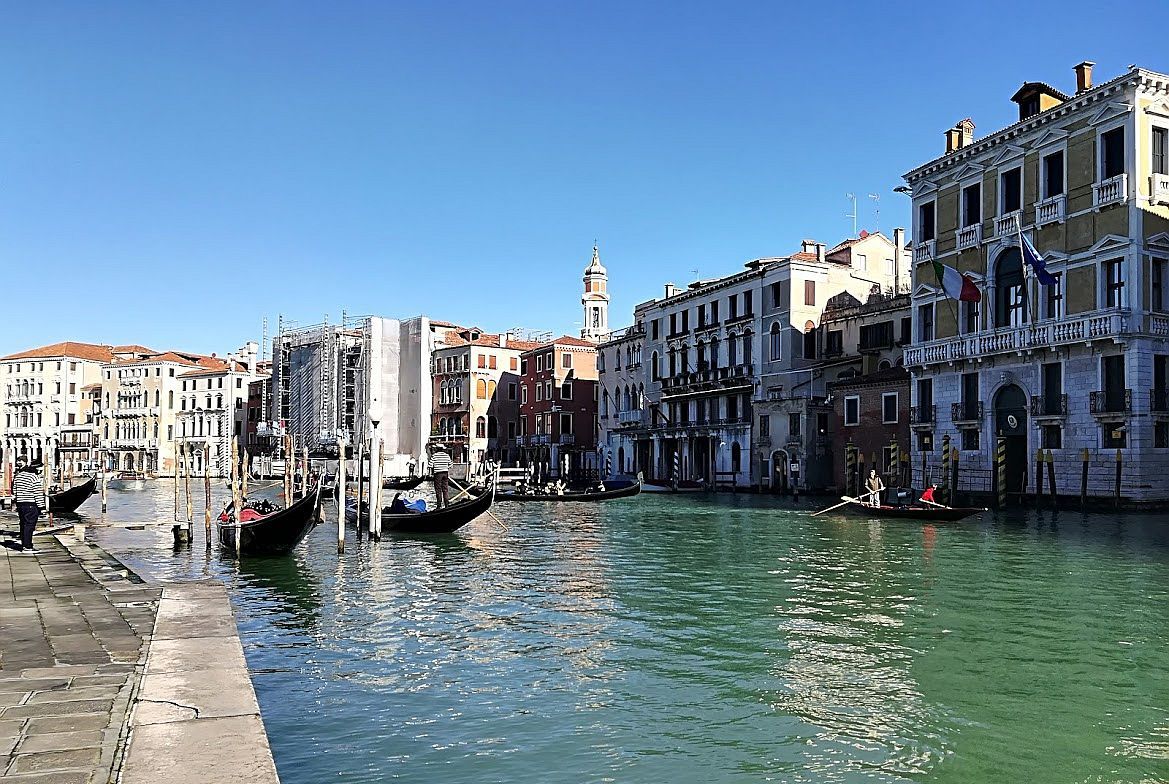
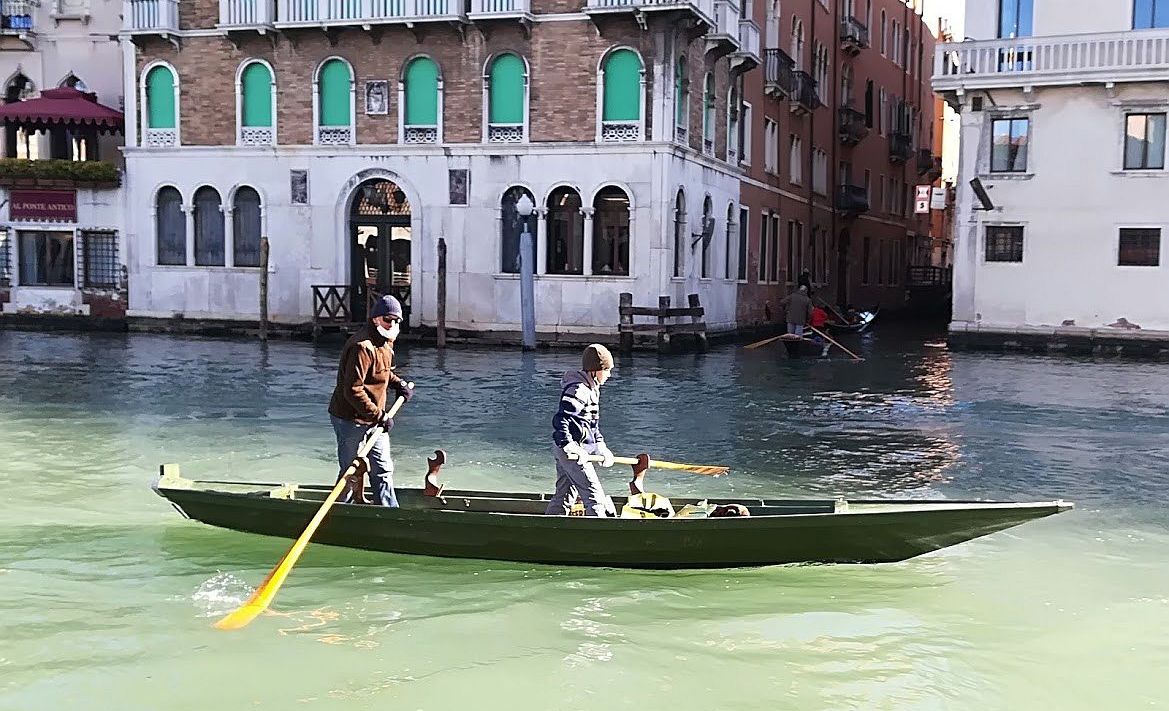
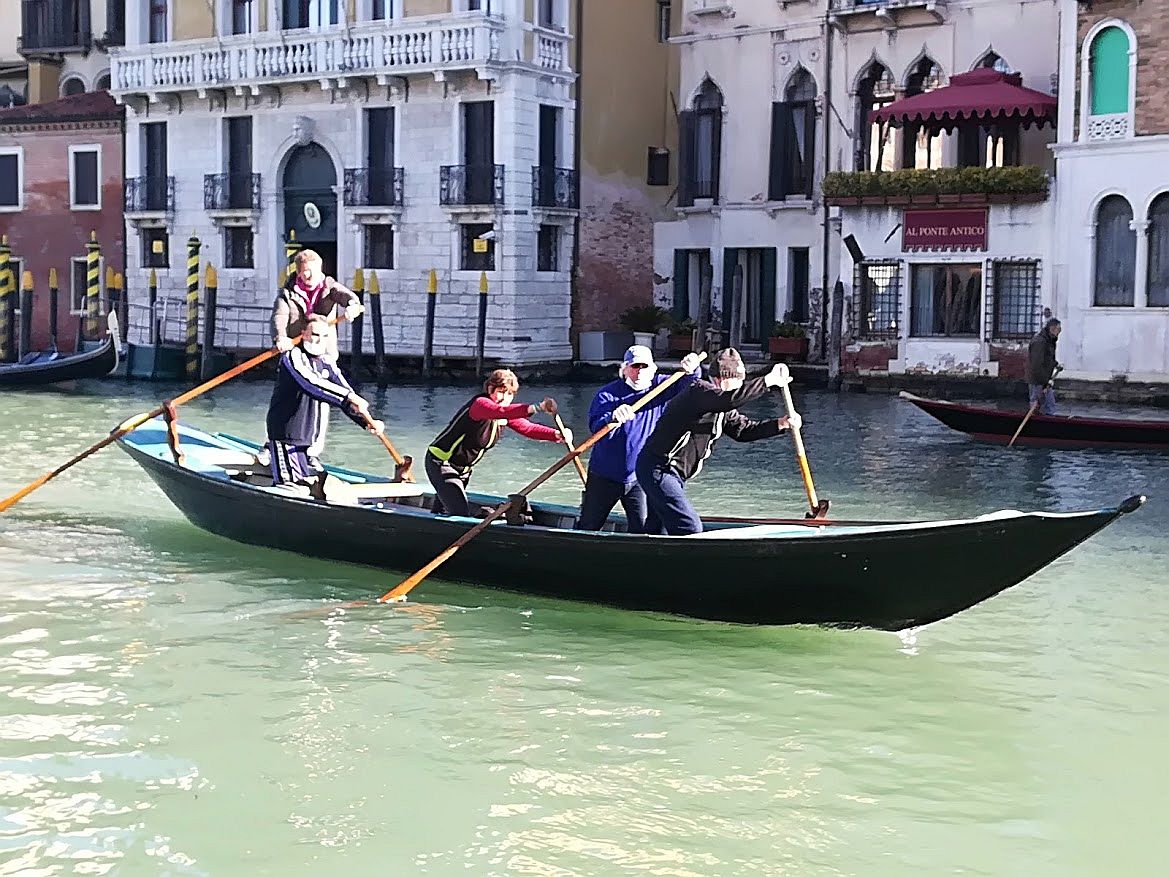
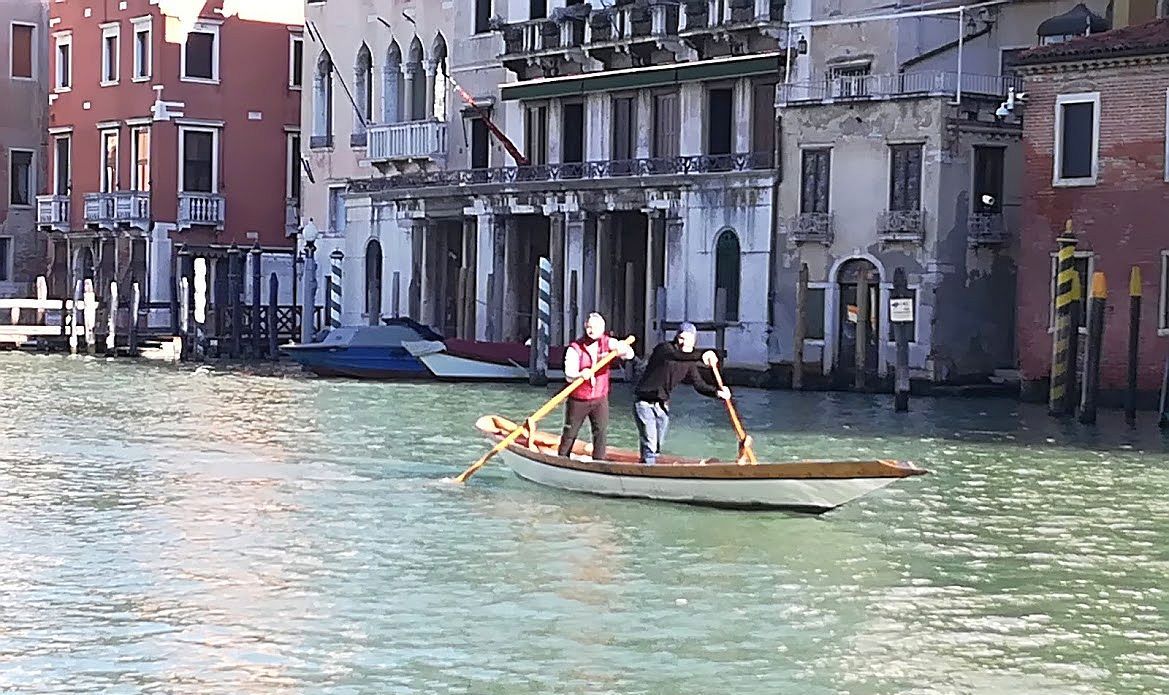
We went out for a late-afternoon walk today; there was very modest activity in via Garibaldi. Carnival barely touched the city as it drifted past, unable to land. As always, it was the children who made it happy.
